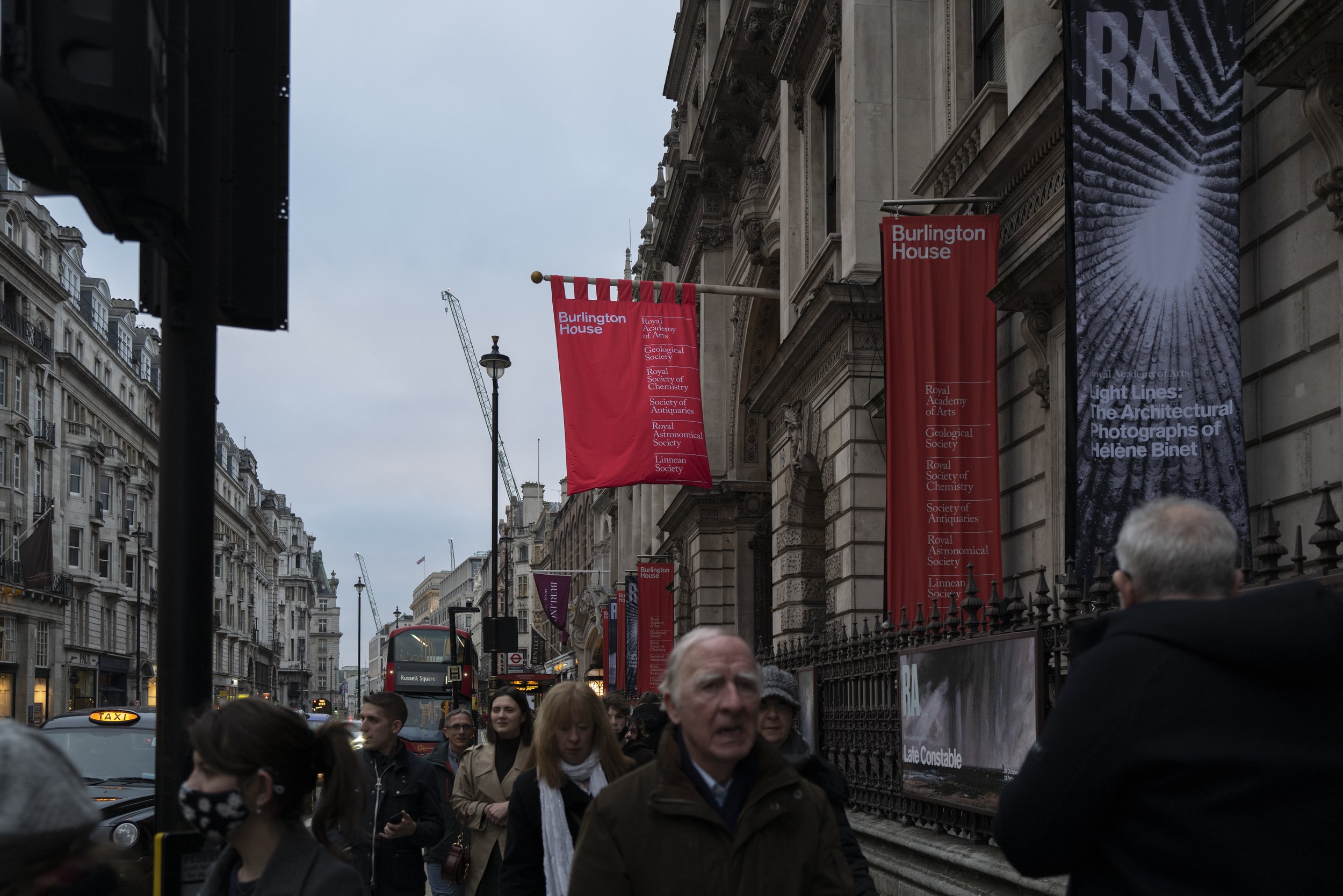
Royal Academy of Art
A NEW HOME FOR ART & IDEAS
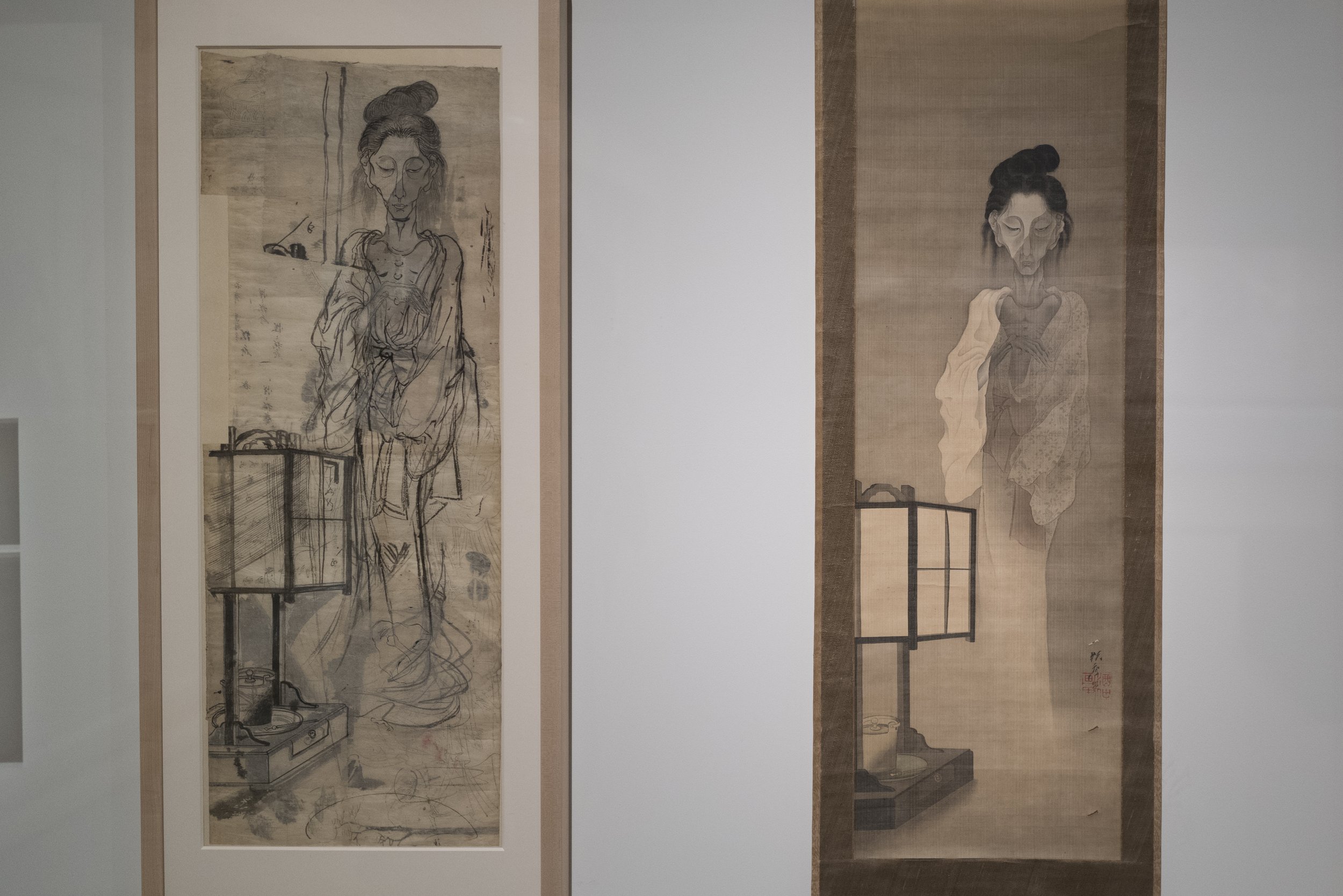
Kyōsai: The Israel Goldman Collection
Kawanabe Kyōsai was one of the most exciting Japanese painters of the 19th century.
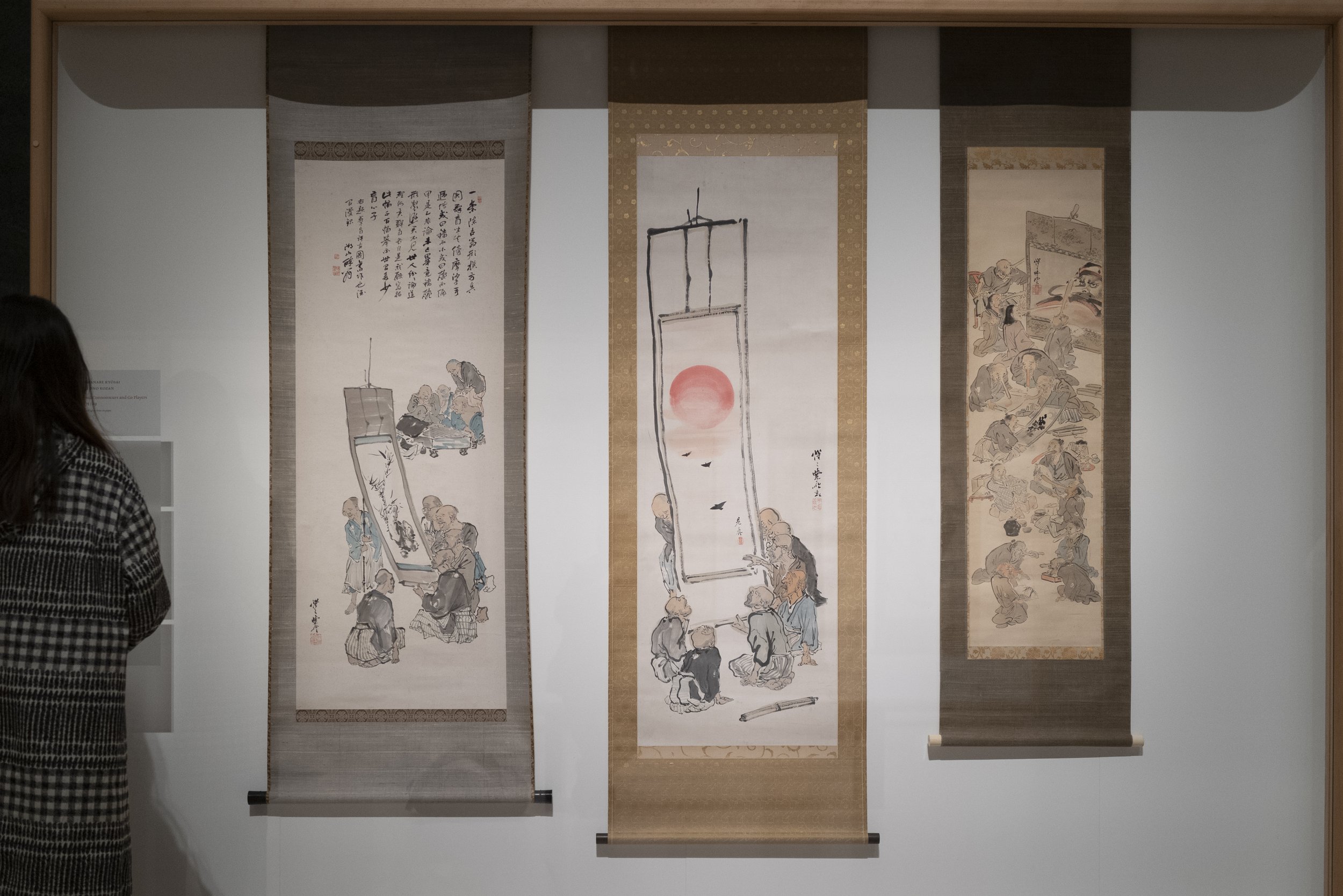
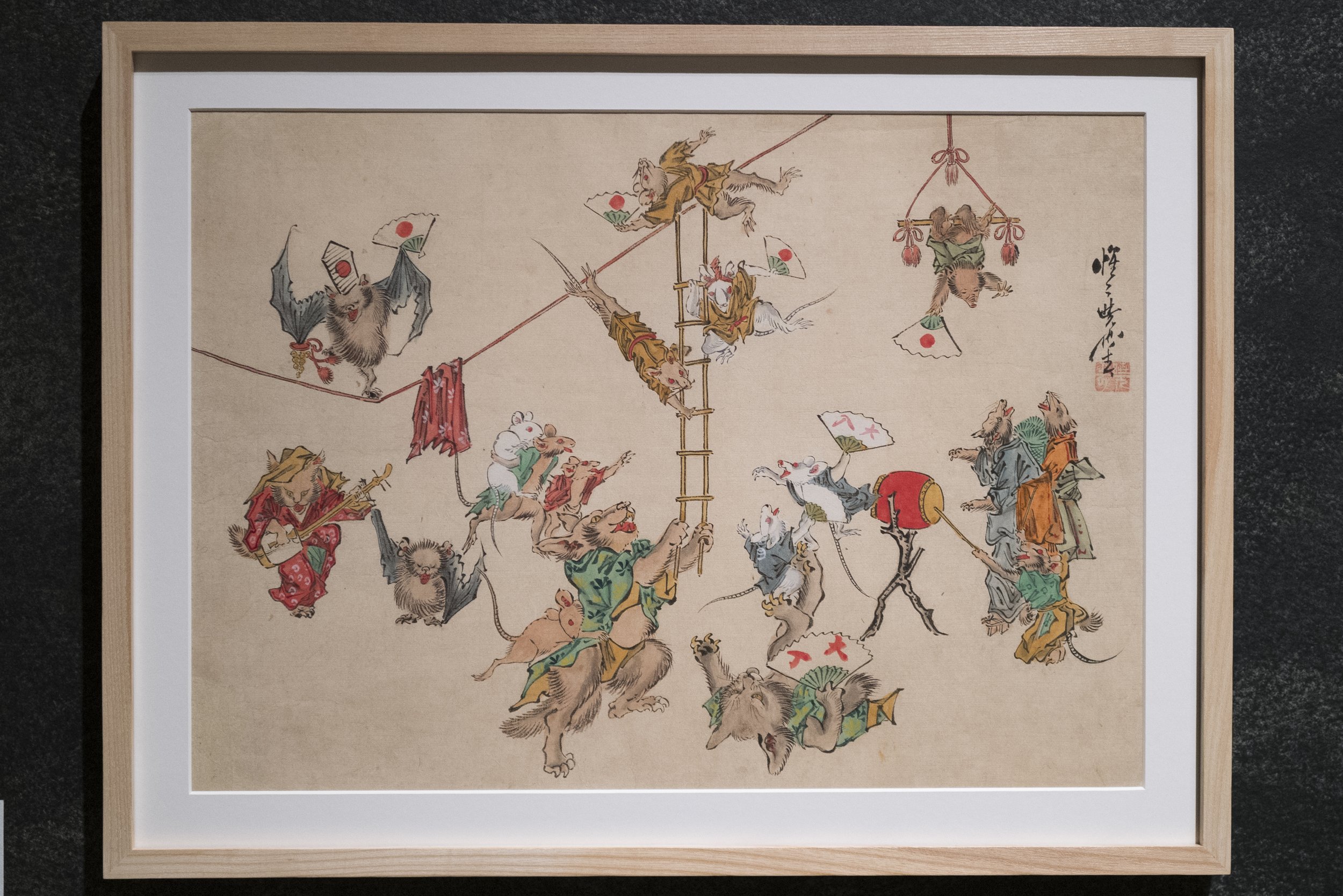
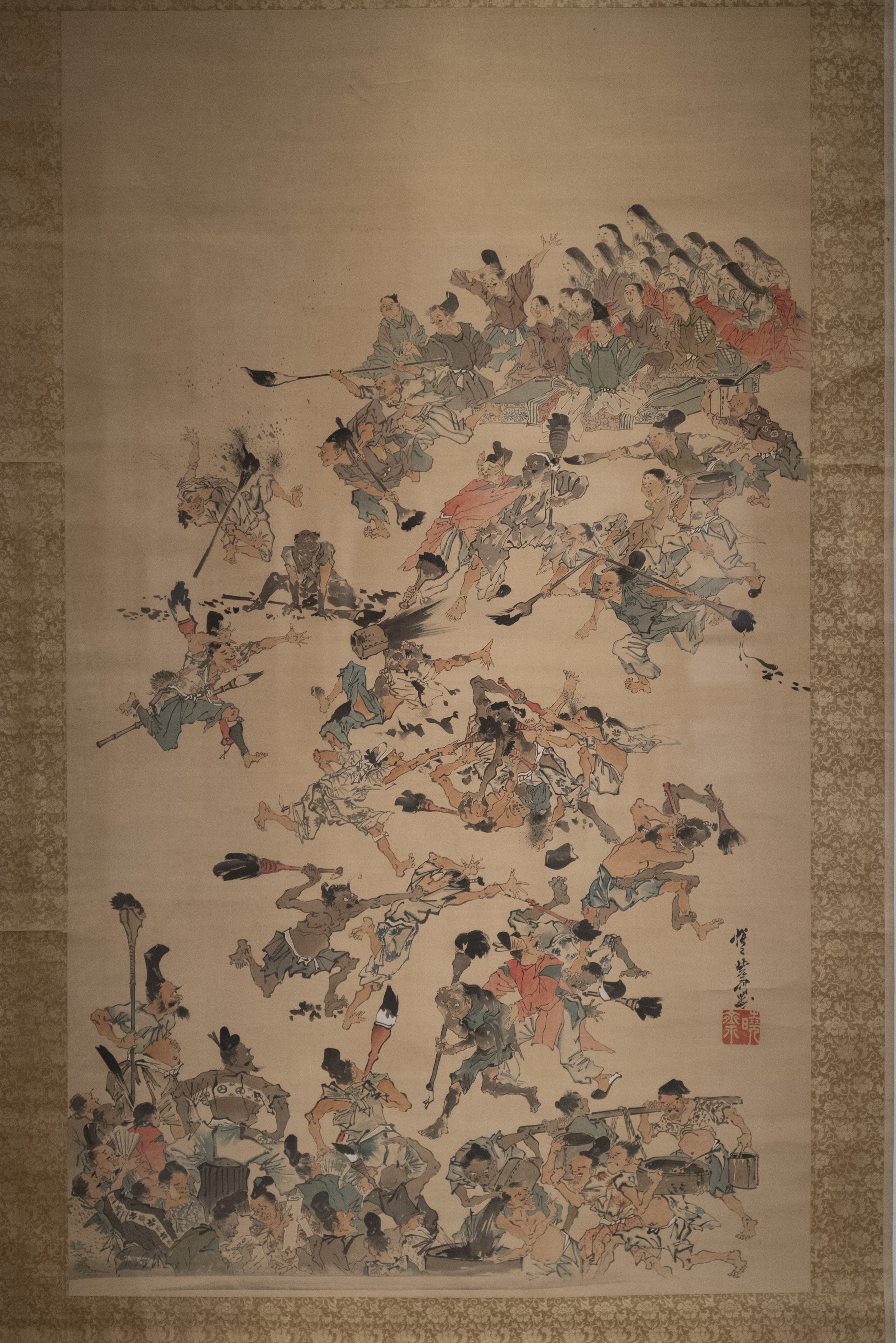


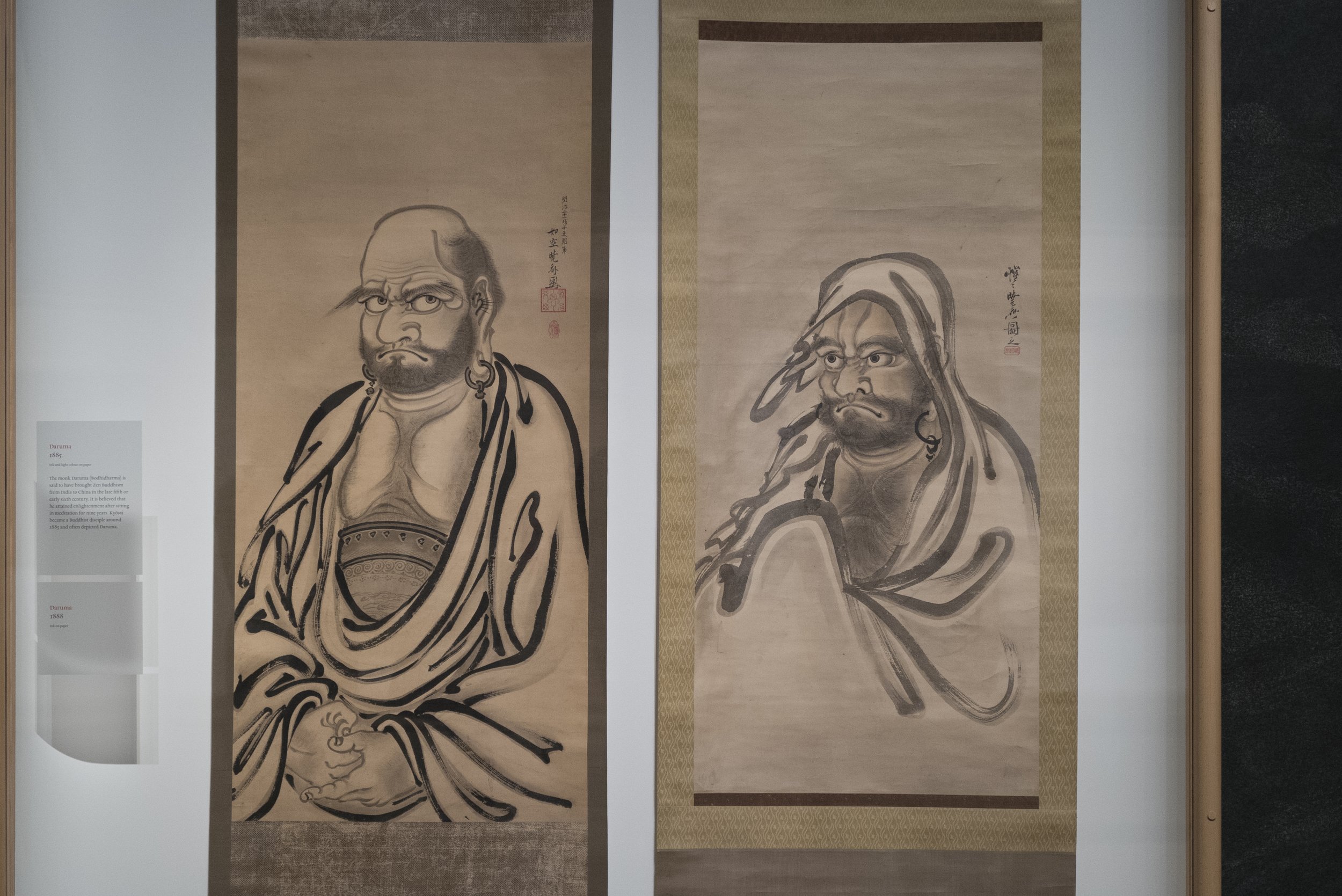
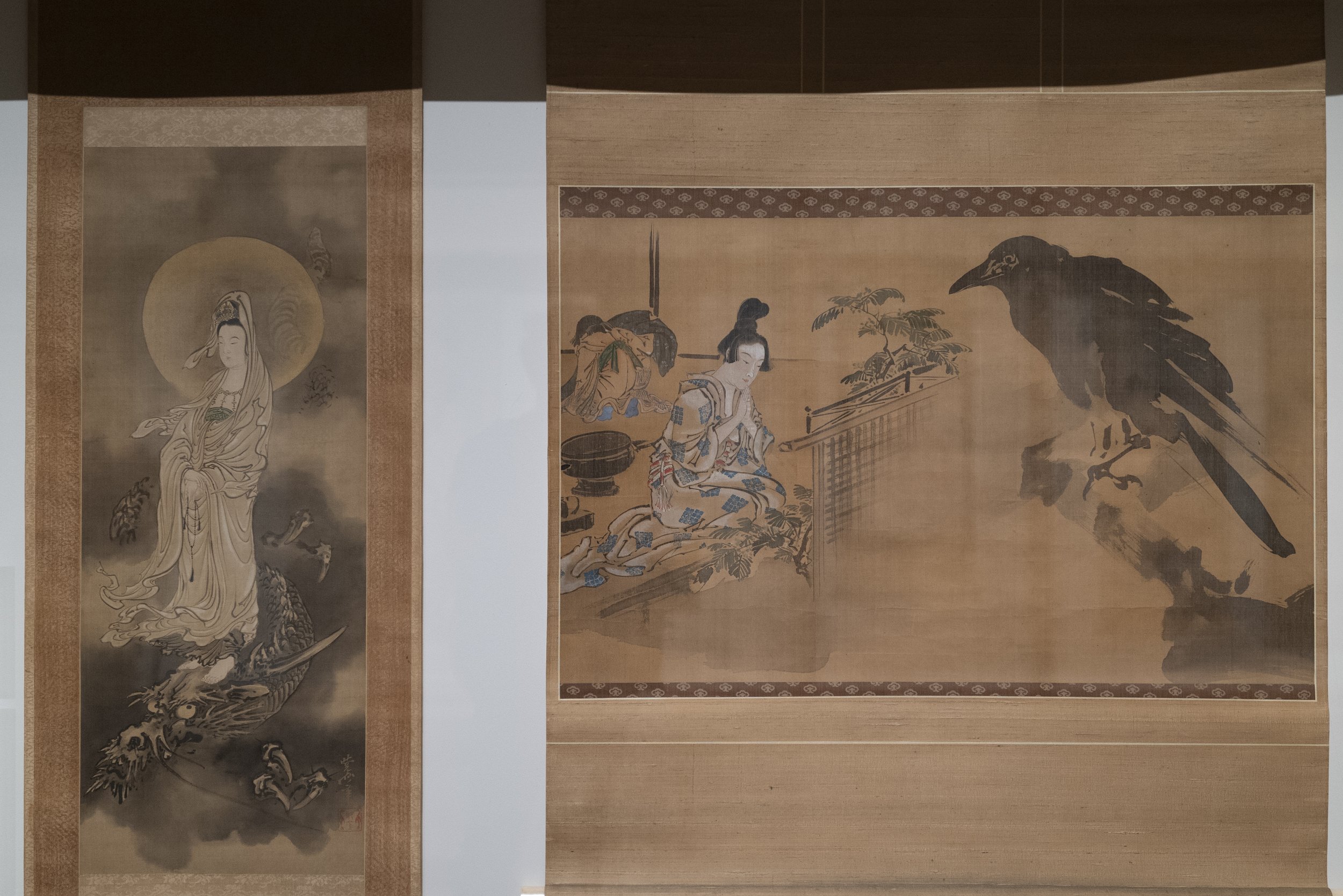
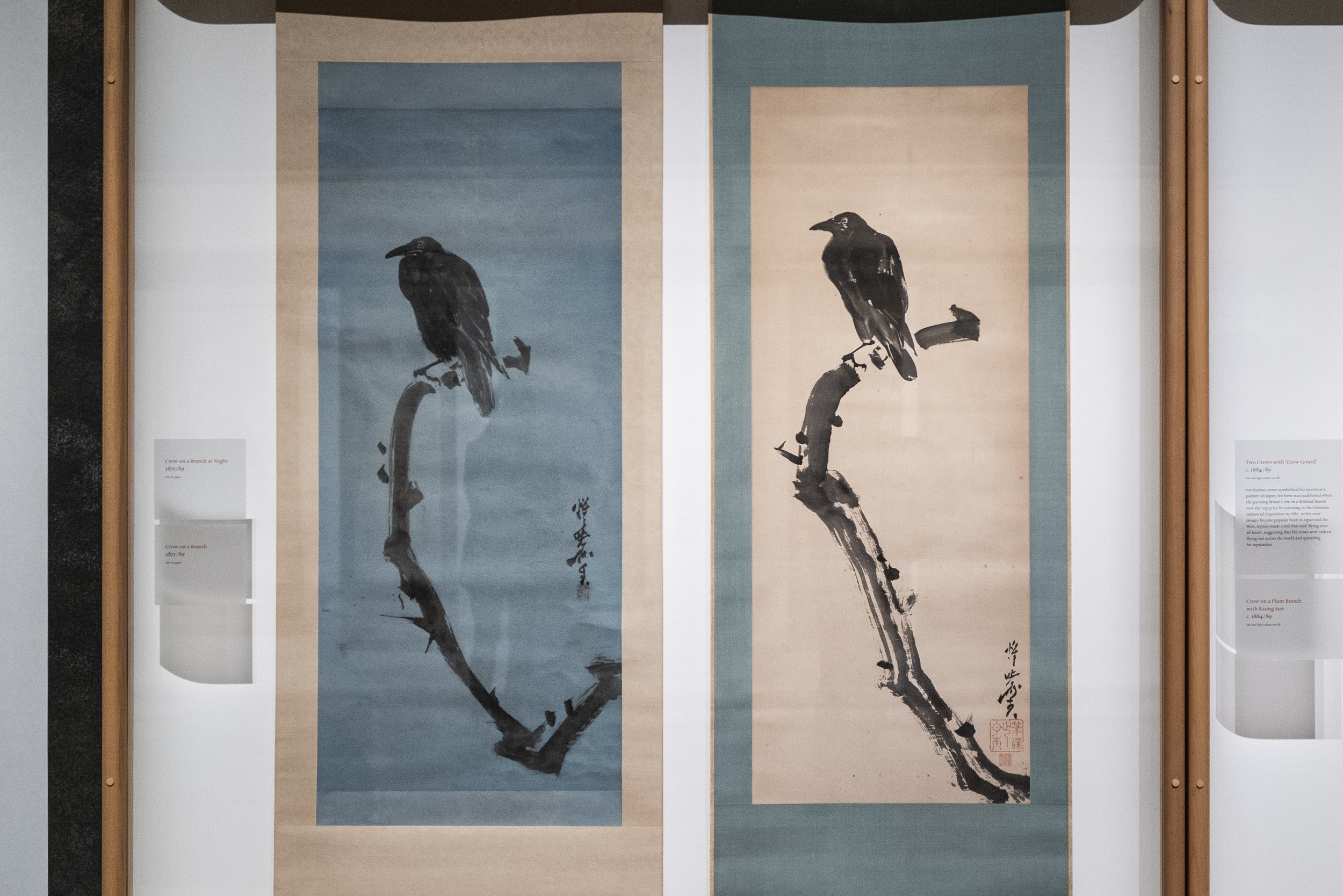
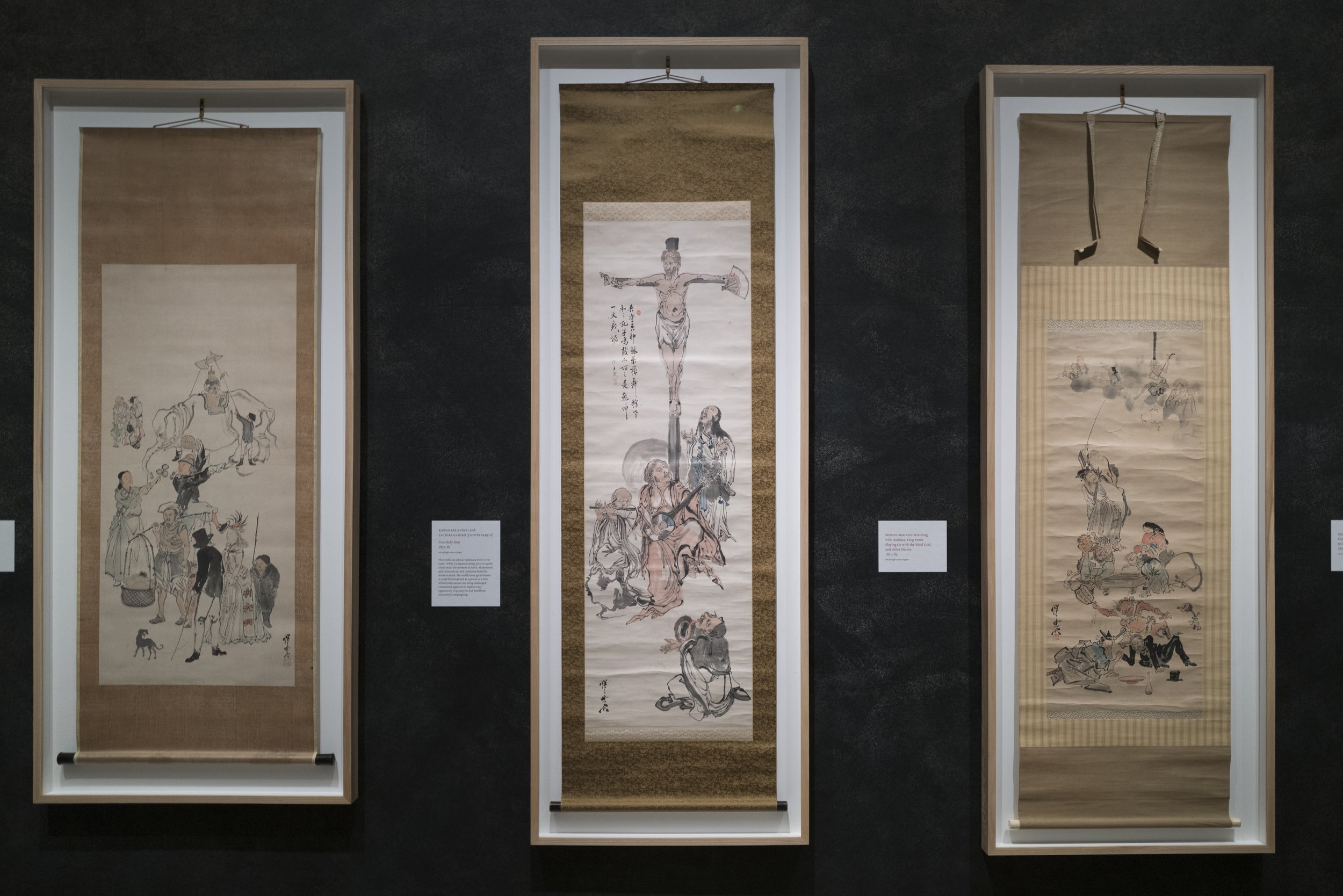
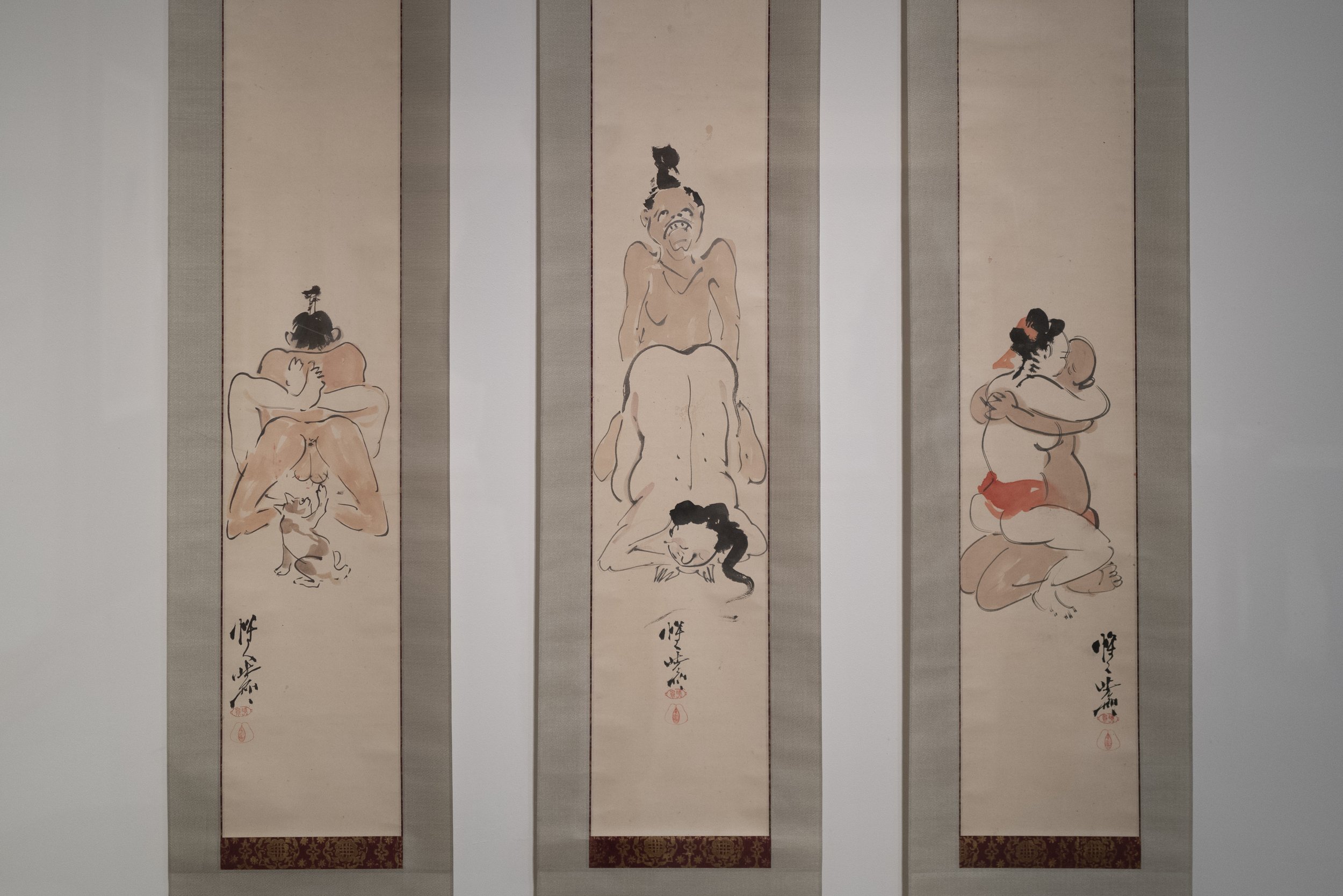
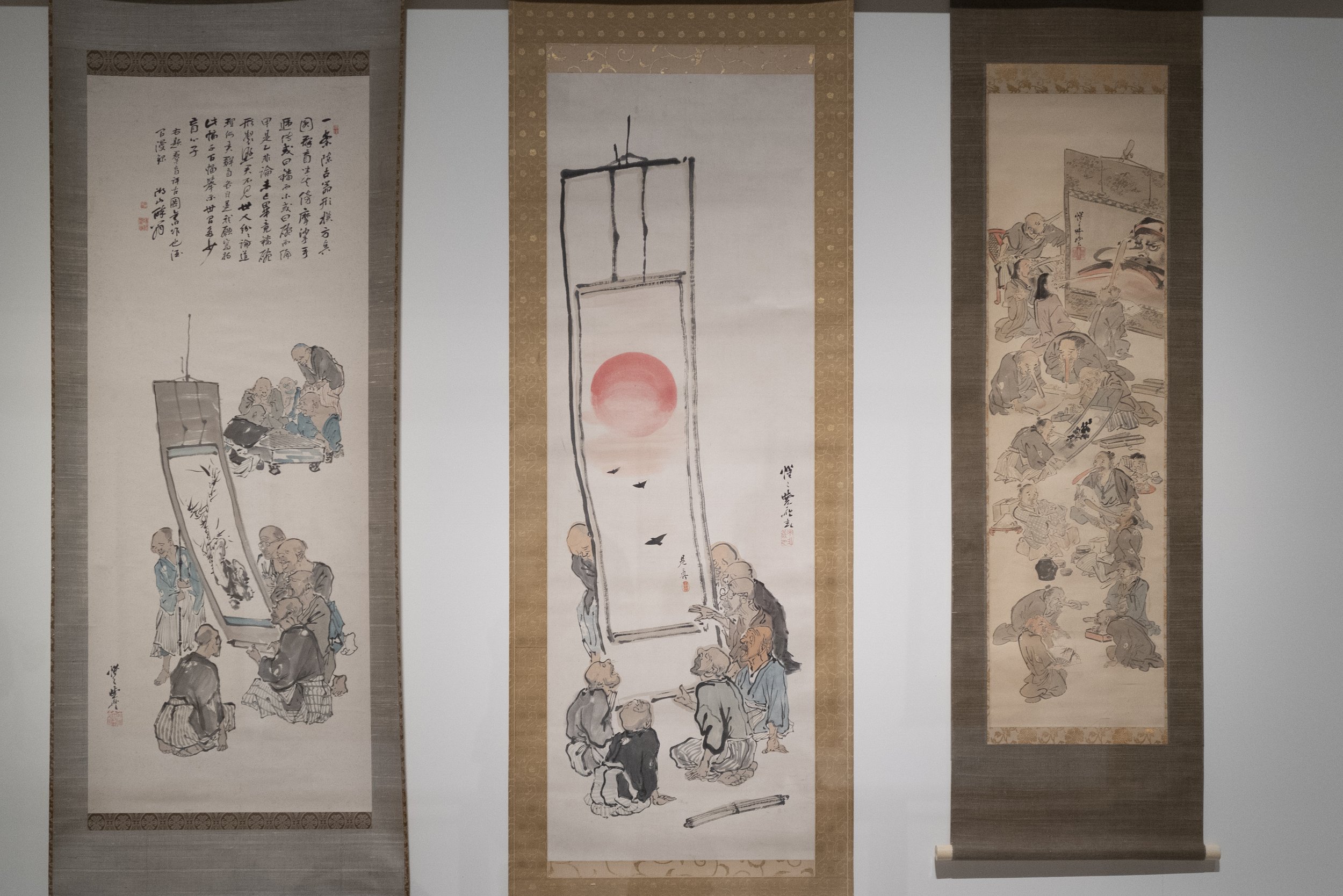


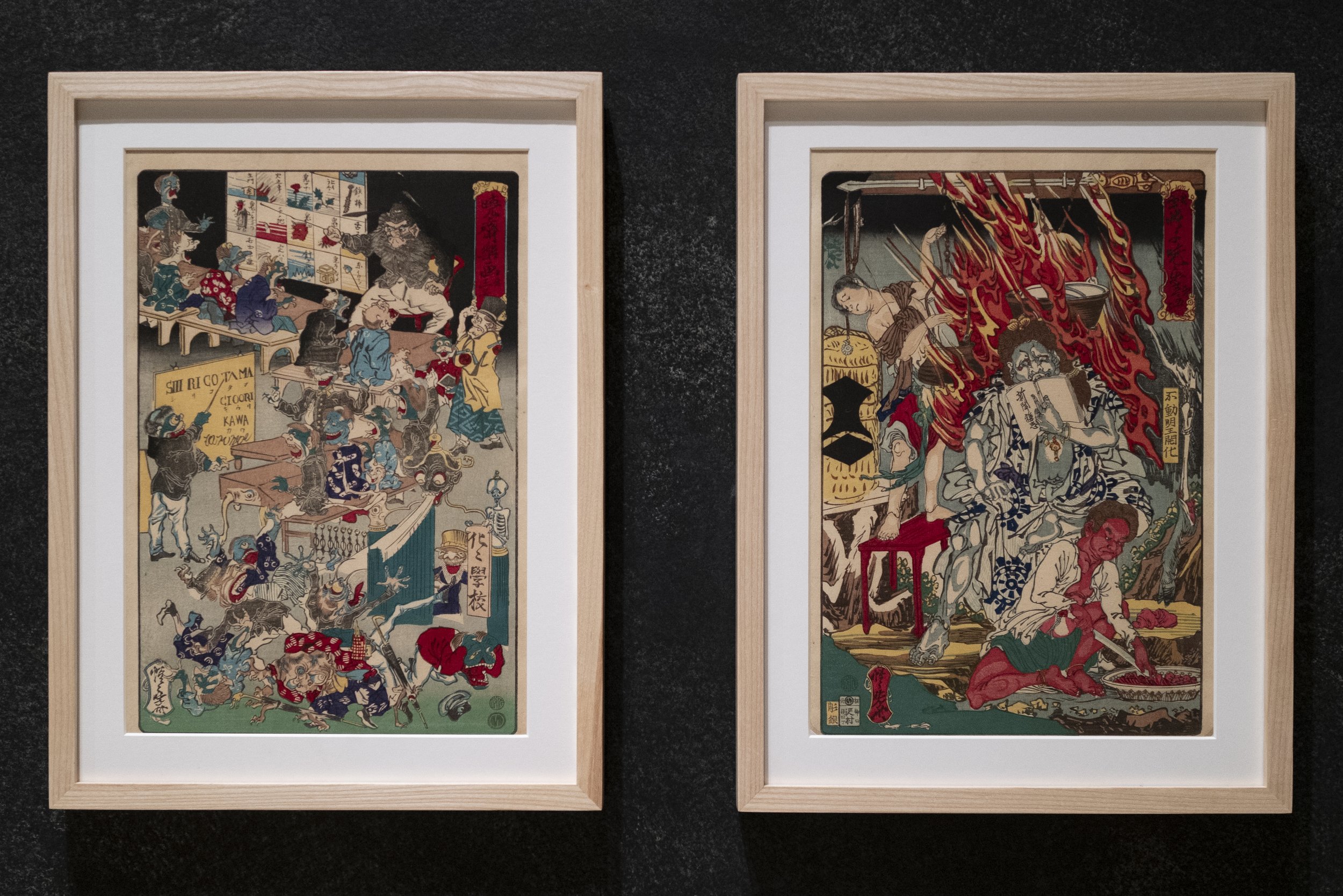
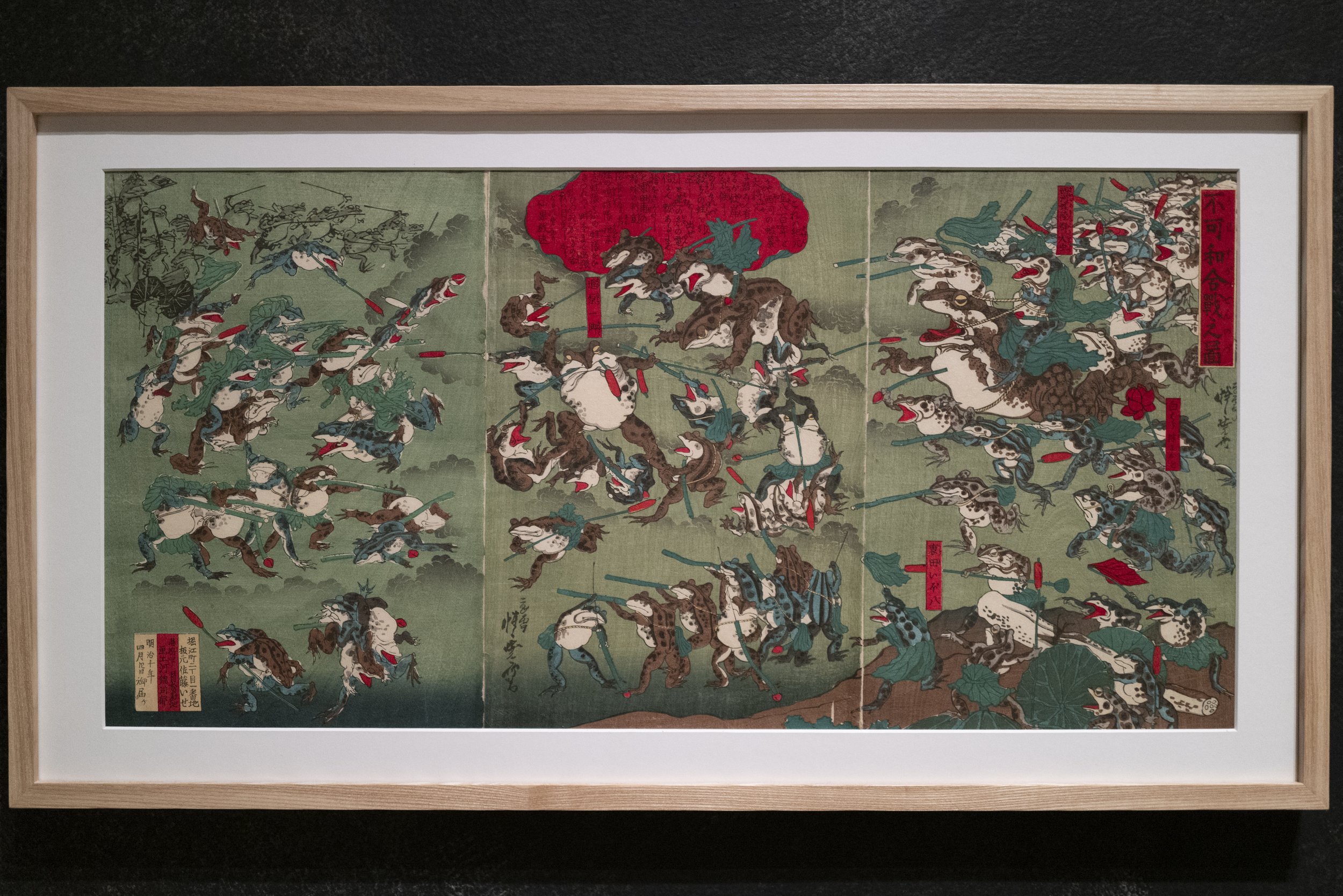


Kyosai
Kawanabe Kyosai was one of the most fascinating, impressive and in a way, provocative, Japanese painters of 19th Century.
Trained “officially” in Tokugawa’s government painting school, he found immediately strong contrast between his innovative art and the rigid class system of that period.
But, because Tokugawa’s rigid power was at the end, Kyosai’s pioneerism art was able to develop and get the well known reputation.
Nowadays his art and his paintings have a big influence between manga creators and tattoo artists.
Important words and concepts:
UKIYO-E (what’s ukiyo-e)
Shogakai (calligraphy and painting party)
sekiga (spontaneous paintings)
kyoga (comic and satirical pictures)
Life of Kyosai
Chrono List:
1831 Kyosai born at Koga, in Shimosa Province, In 1831.
1832 The Family later moved to Edo (later Tokyo).
1838 Aged seven, entered the studio of artist Utagawa Kuniyoshi, where he studied the art of UKIYO-E (what’s ukiyo-e ????)
1840 He moved to the studio of Maemura Towa, a Kano school painter, a prestigious Kano school, which served Tokugawa Family and the samurai class.
1849 He completed his Kano training: he is now proficient in traditional Chinese and Japanese painting. By this period, he discovered a feeling for drinking sake, a habit that will continue in all his life.
1854 Japan opened Japan-US “treaty port”: this is the end of 200 years of restricted trade.
1855 He designed the first kyoga print, a comic and satirical picture. Kyoga was a popular art form but seen as low ranking.
1857 He got married and he became an independent painter. He started using the art name of kyosai.
1864 He worked with Utagawa Kunisada, one of the most popular ukiyo-e artists.
1868 The meji restoration took place in japan. It was the beginning of a rapid westernization in Japan. Kyosai used often symbolism to avoid censorship (I DON’T LIKE TO SAY MODERNISATION LINKE IN THE GUIDE ndr).
1870 After attending a shogakai, he was arrested for an impromptu painting, probably satirizing the influence of foreigners on the meiji government.
1874 He worked with author and journalist Kanagaki Robun to create E-shimbun Nipponchi, a satirical comic magazine influenced by british cartoonist Charles Wirgman.
1881 Josiah Conder, a British architect teaching at the Imperial College of Engineering in Tokyo, became an important patron and friend of Kyosai.
-1889 Until his death in 1889 he received many visits from international artists and persons.
British Museum:
https://www.britishmuseum.org/collection/term/BIOG3494
Royal Academy of Art:
https://www.royalacademy.org.uk/exhibition/kyosai#articles
Tattoo Article
https://www.tattoolife.com/from-tradition-to-innovation-kawanabe-kyosai-at-the-royal-academy/

Helene Binet LIGHT LINES
Light Lines: The Architectural Photographs of Hélène Binet
Rediscover the power and presence of architectural wonders by Le Corbusier, Zaha Hadid RA and others through Hélène Binet’s photographic lens.
Binet’s powerful, thought-provoking images reveal the light, space and form that unites architecture, be it 1970s brutalism or an 18th-century City church.
Royal Academy of Art
Address
Burlington House, Piccadilly,
London, W1J 0BD
Website
https://www.royalacademy.org.uk












